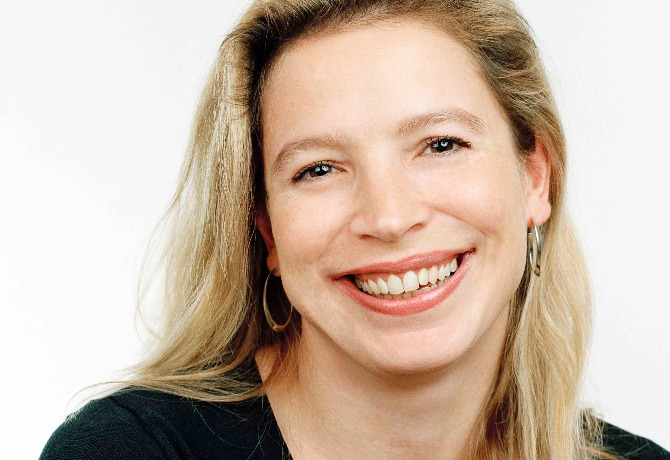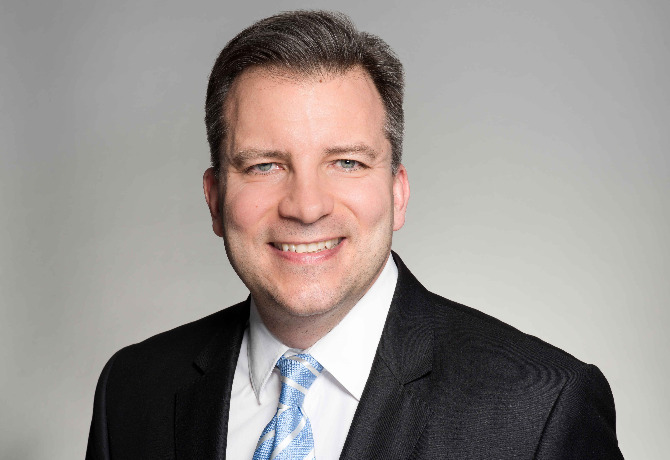What does international media and marketing mean in 2015? And does London still rule the roost? Alex Brownsell investigates.

As you may or may not have noticed, M&M Global has undergone something of a refresh. We’ve embraced a brighter, more contemporary visual identity, as well as long-overdue new digital platform, where content can be consumed and shared across devices.
Any such change requires a certain amount of navel-gazing, not least about the industry we serve, namely the world of international marketing and media. After all, the establishment of regional media buying and selling hubs, especially in London, prompted the launch of M&M Europe back in 1988.
How is international marketing and media changing? What does ‘international’ even mean in 2015? And how important are hubs such as London today, given the rising need to be on the ground in huge markets like China? We spoke to several international media leaders to find out.
It hasn’t been an easy time
And don’t take our word for it. To quote Steve Middleton, the former international sales director at National Geographic, the last seven years have been “shite” for global advertising.
Let’s set the scene: the 2008 financial crisis and subsequent global recession provided a brutal shock to the system. In the event of a corporate crisis, the first person to be told their budget is being cut is the CMO. And so it proved. Banks and energy companies – the types of global advertisers that had been the driving force behind the growth of international media – turned off the marketing investment tap.
Unlike previous economic downturns, this one also happened to coincide with two seismic shifts to the world of advertising. The first is the rise and rise of social media and mobile, and with it global digital media giants like Facebook, which forever changed the marketing mix used by brands to reach consumers. The second was the emergence of China as a global economic superpower, with a rich digital and media landscape of its own.
The twin impact of these two forces has required a new approach to globalisation, says Rishad Tobaccowala, chief strategist at Publicis Groupe: “We are increasingly working in a world where, with certain exceptions, almost all the new [media] vehicles are global – Google is global, as is Facebook, and Airbnb, and they would like to work with global partners.
“Yet, something happening in tandem, slightly paradoxically, is a sense of localisation. People belong to communities, and therefore you need to be sensitive to the culture and place and time at which you are communicating. We are a global company, but we do not operate up the cloud.”
The old world of ‘lift and shift’
To put it bluntly, agencies’ international departments found themselves increasingly unfit for purpose in this new world. Jo Rigby, global head of marketing and new business at Vizeum, describes those teams build for the old world of media: “It was just implementation; just managing the spread sheet and buys.
“The teams were tiny, and it wasn’t seen as a particularly interesting or strategic place to be. That was all happening in the markets. The people that worked in international were more organisationally driven.”
Rigby’s colleague Lee Hawkins (above), Vizeum’s global clients president, adds that the type of work began to change. Suddenly it was not only “very B2B-type brands” looking at international media strategies to make the most of global sponsorship programmes, and wondering what could be done with the handful of pan-regional publishers like the Financial Times or The Economist.
“The global media deals we’re trying to do aren’t like the global media deals of five or 10 years ago, which were all about cost,” says Hawkins. “You always had the Coca-Colas, Adidas’, Nikes and brands used to acting that way – maybe they might do lots of local things and then at a World Cup bring it together. Now you have a lot of clients that know they have to get globalisation right.”
New structures were needed
To keep up with clients’ demands, agencies began plotting new-style international teams, bringing in more strategic thinkers and the kind of individuals who could create centralised structures for local market teams. What was once “laughable” – a head of strategy in an international department – has become a necessity for any agency team.
Caroline Foster Kenny (below), MEC’s global chief client officer, describes how the GroupM agency created its Global Solutions team, formed of 12 international hubs – the largest being in New York, London and Singapore – each managing pieces of global business. Around 120 sit in the London international team.
“Though clients still want central international services, it doesn’t necessarily mean media planning”
“We’ve been having a close look at the skills we need, given that client needs are changing,” says Foster Kenny. “If you look back 10 years ago, in terms of client needs, it was very much around consistency, very much roll-up and reporting.
“There would be some global strategic planning, but now we’re finding that – though clients still want central international services – it doesn’t necessarily mean media planning. It could be that they need a global measurement strategy, or an audience planning strategy. It’s also not all top-down, but more bottom-up, and that is a big shift.”
And a new approach to talent
As well as international teams comprising more senior and more strategic thinkers, the type of talent joining international teams is evolving. Younger generations arriving in media and marketing are more internationalist by nature, and native to the digital technologies that have revolutionised brands’ approach to marketing.
So what are the defining features of the new talent? Well, according to Vizeum’s Rigby, it can be summed up as less male, and less British.
“International used to mean British,” she says. “It was very colonial – most people working in international teams were British, which was a complete contradiction. But now there is real push for diversity, getting in people all across the world.
“International is now a lot more female. It used to have to be somebody who could get on a plane at a moments’ notice, so was a bunch of guys flying around constantly. I remember thinking that I couldn’t possibly do an international role with two kids, but it’s not like that anymore.”
And this, Rigby adds, has created a more positive, less patronising relationship with local market teams – meaning an end to the “old-fashioned” command-and-control processes in previous years (“This is what you have to do – do you understand, or shall we say it louder?”)
Does London matter anymore?
While New York remains the undisputed heart of global media, the rise of mega-hubs everywhere from California to China has raised questions about whether London still retains its place as the capital of ‘international’.
Although major media agencies operate senior international teams out of London, the focus is now on getting as close as possible to CMOs, from furniture retailers in Scandinavia to electronics brands in Japan.
Rob Baird, EMEA group sales director at ESPN, points out that many clients – from Samsung to Etihad – continue to be drawn by the convenience of managing global media budgets from London, but admits teams are often dwarfed by operations in the US.
“I think London is still a massive hub, and there are still huge clients that plan and buy centrally from London. But our main market is the US by a million miles. Our London office is important, but in the bigger picture it is one of many satellite offices that circle the US,” he says.
The rise of automation is arguably weakening the need for centralised operations, while Baird adds that there is a shift towards multi-local over pan-regional for many advertisers, such as car companies launching vehicles at different times in different markets.
Yes, it does
However, anyone needing reassurance that London retains an allure for the media industry need only look at recent moves from broadcasters like Viacom and NBCUniversal to create new pan-regional structures in the UK capital.
In the case of NBCUniversal, it launched a new London hub to offer advertisers multi-market and multi-region solutions across its brands such as E!, Syfy and 13th Street through both broadcast and digital channels.
“Brands have to evolve their communications plans to grab the attention of their target audiences”
According to Zoltan Vardy (above), senior vice president ad sales at NBCUniversal International Networks, those media owners covering London for EMEA, New York for North America, Miami for Latin America and Singapore for Asia Pacific are “optimally placed” to succeed.
“The digital revolution has provided consumers with an endless supply of media, so brands have to evolve their communications plans to grab the attention of their target audiences,” says Vardy.
“International media sales organisations need to focus on creating branded or brand-friendly content that can live on linear channels, as well as on owned and third-party digital platforms,” says Vardy.
And things are looking up for international
With agencies taking a more flexible approach to international media, introducing more strategic thinking and creating a better balance between central and local teams, they are well set for advertisers of all kinds to shift to a more globalised approach to media.
Look at this year’s M&M Global Awards, with, for the first time, the judging chaired by an FMCG marketer, in the form of Johnson & Johnson’s president of global marketing services Vineet Mehra.
Things are looking up, then. And don’t just take our word for it.
Former National Geographic man Middleton, now running his own consultancy Steve Middleton Solutions, is also optimistic: “BP is talking globally again for the first time in seven years, as is IHG and UBS. Philips is coming back with a new focus next year. I think there will be some big stories to be told.”
International media and marketing has changed a heck of a lot since M&M Europe first published over a quarter of a century ago. Yet, as we have seen, the industry is alive and kicking, and more exciting than ever for those embarking on their career. London too, for historic, geographical and talent reasons, retains a vital role in how brands engage with media.
The next quarter century will bring as much, if not even more, change, but the industry can approach it with confidence and optimism.










